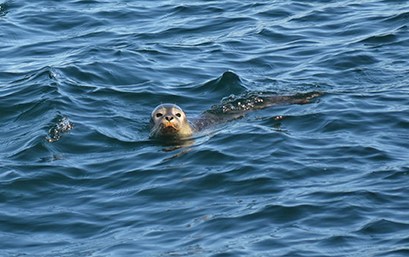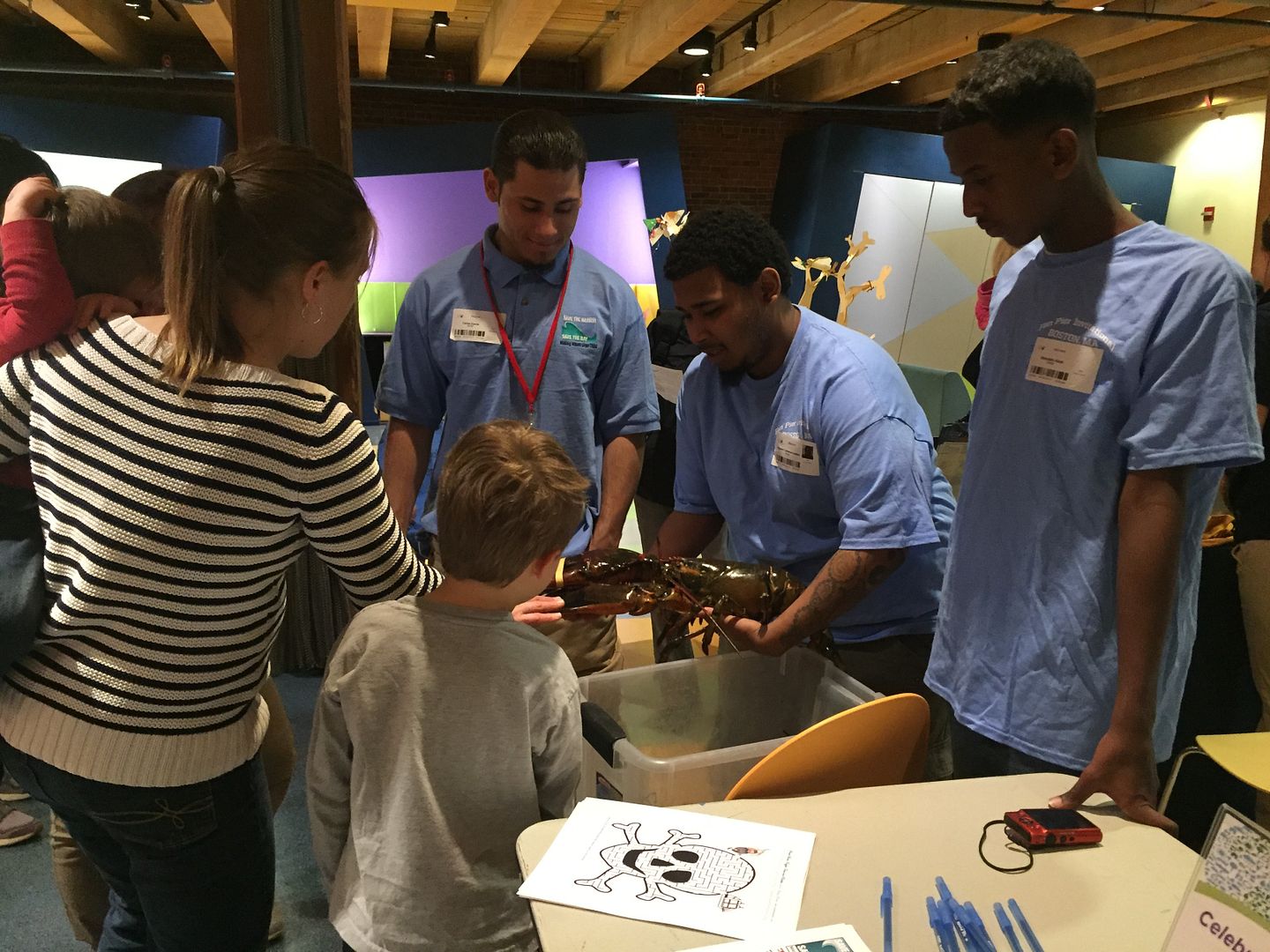Save the Harbor/Save the Bay
released its annual water quality report card on the Boston Harbor region’s
public beaches from Nahant to Nantasket on Friday, May 27, 2016 just in time
for Memorial Day.
In 2015, overall water
quality on all of the Boston Harbor Region’s public beaches was down from a
high of 96% in 2014 to 92% in 2015, primarily as a result of frequent summer
storms. Though total rainfall was actually up slightly from 2014, in 2015 there
were more than 30 summer days with some rain, which adversely affected water
quality on beaches in Lynn, Revere, East Boston, Dorchester and Quincy.
“Though the overall numbers
are down a bit this year, the report card still contains good news for many of
our beaches, including those in South Boston which are still the cleanest urban
beaches in the country,” said Save the
Harbor’s spokesman Bruce Berman. “However the persistent pollution problems
at King’s Beach on the Lynn/Swampscott line and at Tenean Beach in Dorchester and
other area beaches continue to jeopardize the public’s health and prevent
residents from enjoying the benefits of our $5 billion investment in clean
water. While we are pleased that Boston Water and Sewer has identified several
significant sources of bacterial contamination in Dorchester, we look forward
to working with local state and local government to finish the job we began
together 30 years ago.”
City Point, M Street, and
Pleasure Bay in South Boston and Nantasket Beach and Winthrop Beach topped the
list this year, with perfect scores of 100%. Of the 15 beaches in the report,
which was based on data collected during the 2015 swimming season, 7 earned
primary beach safety scores of 95% or more while 6 scored 85% or higher.
King’s Beach in Lynn and Swampscott scored just 75% and Tenean Beach in Dorchester scored just 71%, failing to meet the state swimming standard more than once every 5 days during the 2015 swimming season.
King’s Beach in Lynn and Swampscott scored just 75% and Tenean Beach in Dorchester scored just 71%, failing to meet the state swimming standard more than once every 5 days during the 2015 swimming season.
“Scores like this are simply
unacceptable to the people who rely on these beaches for recreation, especially
given the publics $5 billion investment in clean water. We hope this report
will provide decision makers the information they need to begin the next round
of investments in improved water quality on beaches that consistently lag
behind,” said Patricia A. Foley,
President of Save the Harbor/Save the Bay
Funds to improve water quality
in beachfront communities and waterfront neighborhoods from Nahant to Nantasket
were authorized in the 2014 Environmental Bond Bill but have not yet been
appropriated.
“The Baker-Polito
Administration remains committed to ensuring the state’s beaches remain not
only accessible for all to use, but also safe for public enjoyment,” said
Energy and Environmental Affairs Secretary Matthew Beaton. “The Water
Quality Report Card serves as a good barometer of the excellent results the
state and its partners are achieving to ensure the Commonwealth’s beaches
remain among the cleanest and most beautiful in the nation, and we remain
committed to work with Save the Harbor/Save the Bay and other stakeholders to
protect and improve these spectacular natural resources for generations to
come."
“Investments in clean water
and urban beaches are good for the region,” said Foley. “They strengthen our
economy and improve the quality of life for all our residents, many of whom
can’t afford to get away to Cape Cod or Cape Ann.”
Save the Harbor/Save the Bay
would like to thank Dr. Jim Shine and Dr. Judy Pederson, Co- Chairs of our Beaches
Science Advisory Committee, Kelly Coughlin and David Wu of the MWRA, DCR’s
Dennis Fitzgerald and Save the Harbor policy interns Eileen Dalessandro, and
Brittany Angelo for their help with this report.
For more information on Save
the Harbor/Save the Bay’s Beaches Report Card, contact Bruce Berman on his cell
at 617-293-6243 or email bruce@bostonharbor.com
You can download the 2016
report card and the data on which it is based at http://www.savetheharbor.org/Content/beachesreportcard/
You can make a contribution to support our work here.
You can make a contribution to support our work here.












